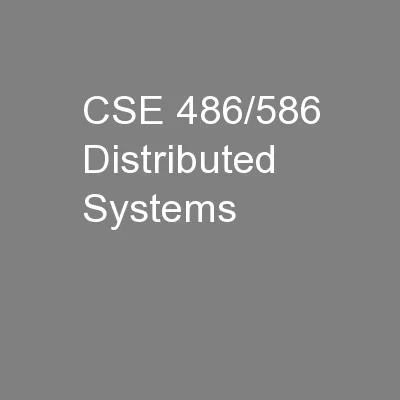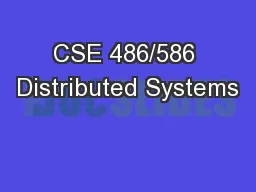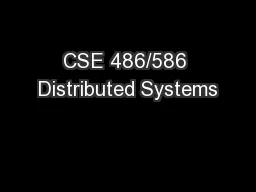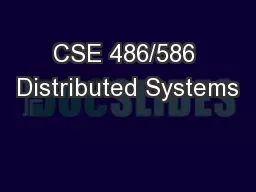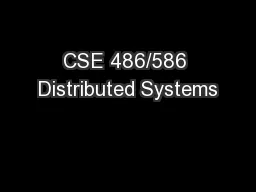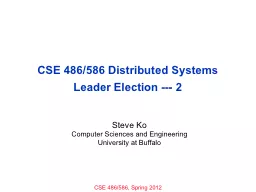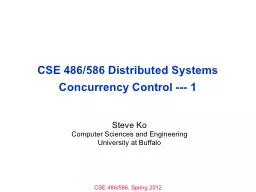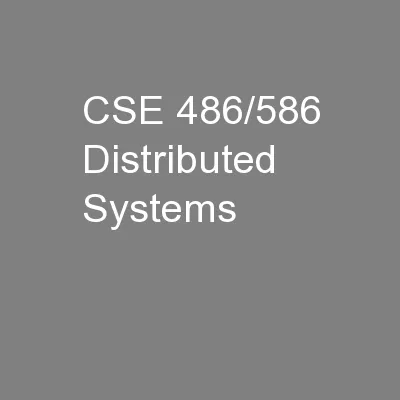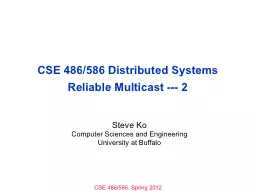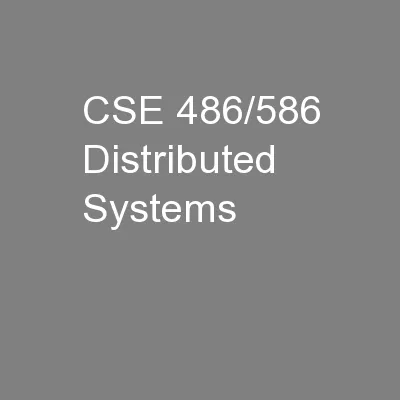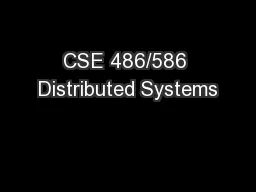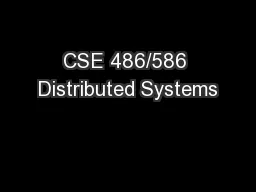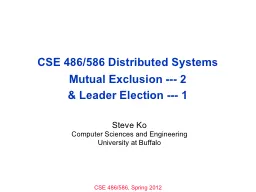PPT-CSE 486/586 Distributed Systems
Author : olivia-moreira | Published Date : 2016-04-28
Gossiping Steve Ko Computer Sciences and Engineering University at Buffalo Recall Passive Replication Request Communication the request is issued to the primary
Presentation Embed Code
Download Presentation
Download Presentation The PPT/PDF document "CSE 486/586 Distributed Systems" is the property of its rightful owner. Permission is granted to download and print the materials on this website for personal, non-commercial use only, and to display it on your personal computer provided you do not modify the materials and that you retain all copyright notices contained in the materials. By downloading content from our website, you accept the terms of this agreement.
CSE 486/586 Distributed Systems: Transcript
Download Rules Of Document
"CSE 486/586 Distributed Systems"The content belongs to its owner. You may download and print it for personal use, without modification, and keep all copyright notices. By downloading, you agree to these terms.
Related Documents

